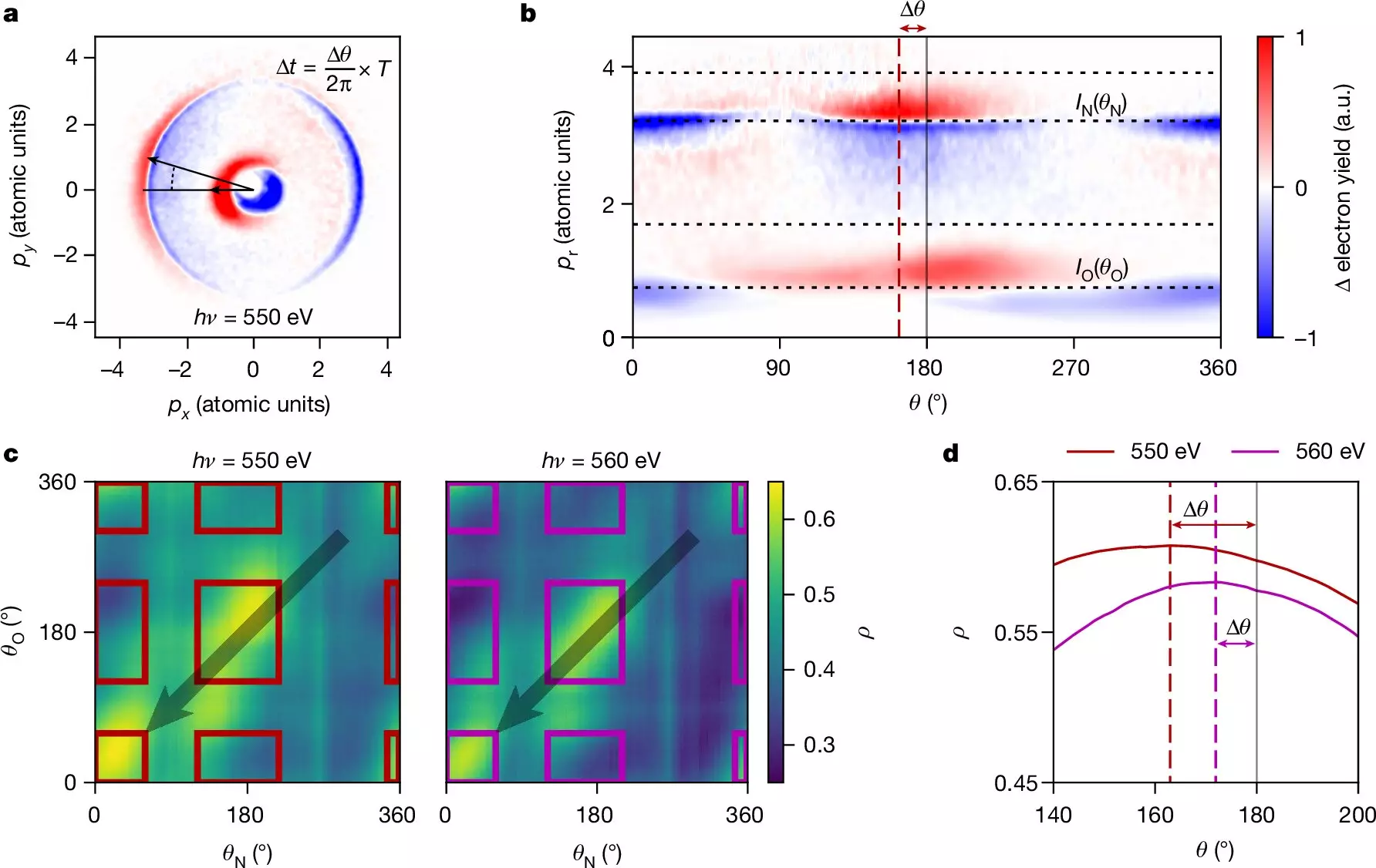The Department of Energy’s SLAC National Accelerator Laboratory has made groundbreaking discoveries regarding the photoelectric effect, a phenomenon that was first explained by Albert Einstein more than a century ago. When an atom or molecule absorbs a photon of light, it can release an electron through the process of photoionization. This effect, which laid the foundation for quantum mechanics, plays a crucial role in various technologies such as semiconductors and solar cells.
Achieving a New Milestone
Lead author and SLAC scientist Taran Driver stated, “Einstein won the Nobel Prize for describing the photoelectric effect, but a hundred years later, we’ve only just begun to truly understand the underlying dynamics.” The team utilized an attosecond X-ray pulse from SLAC’s Linac Coherent Light Source (LCLS) to ionize core-level electrons and measure photoemission delays. This allowed them to observe time delays of up to 700 attoseconds, which were larger than previously predicted.
The researchers also found that electron interactions played a significant role in the observed delays. By analyzing the angular differences in the direction of the ejected electrons, they were able to determine these delays with high precision. Co-author and SLAC scientist James Cryan highlighted the importance of these measurements in various fields such as protein crystallography and medical imaging, where understanding X-ray interactions with matter is essential.
This study is just the beginning of a series of planned experiments aimed at exploring electron dynamics in different molecular systems. Other research groups are already using the developed technique to investigate larger and more complex molecules, revealing new insights into electron behavior and molecular structures. Co-author Agostino Marinelli emphasized the versatility of LCLS in probing a wide range of energies and molecular systems, making it a powerful tool for these types of measurements.
Overall, the team’s findings have provided a deeper understanding of the photoelectric effect and electron interactions, challenging existing theoretical models and opening up new possibilities for future research. This research marks a significant advancement in the field of attosecond science and paves the way for further discoveries in electron dynamics.


Leave a Reply